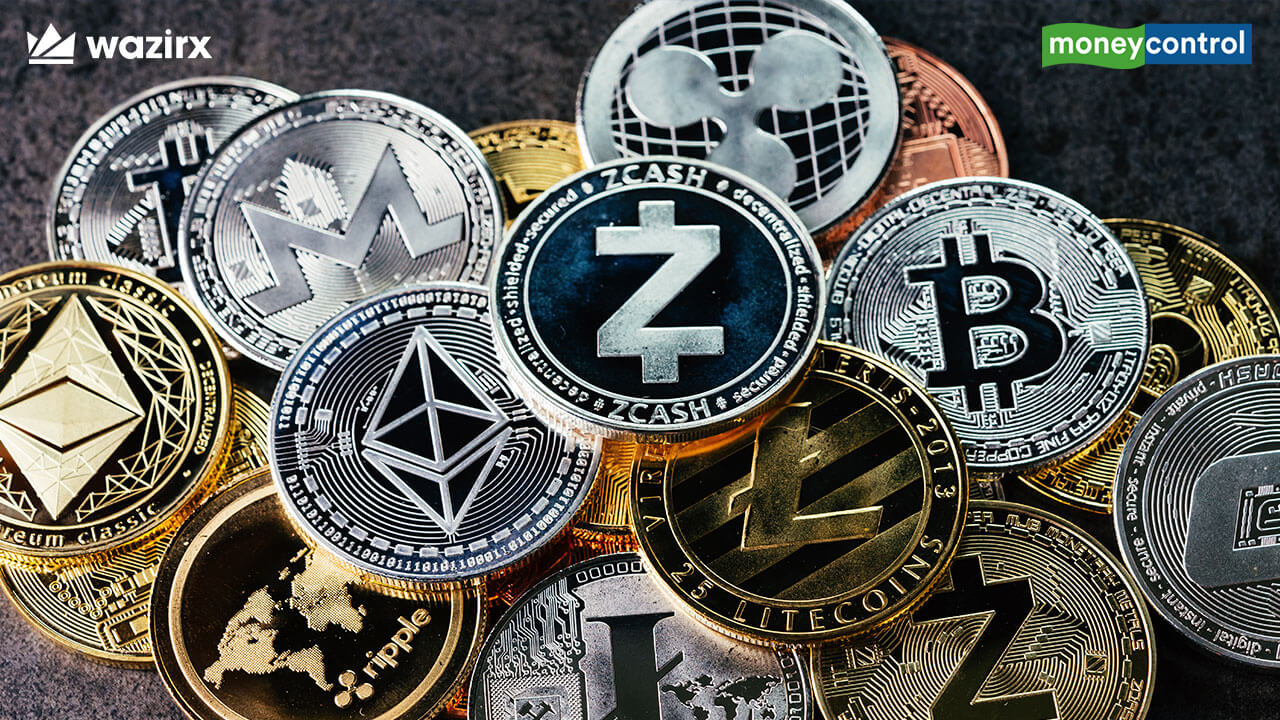The crypto phenomenon is not exclusive to a single nation, region, or economic magnitude. There is no doubt that the hype is global, but each region’s implementation and use cases are strikingly different. Learn more about crypto app investment and stock investment risk and benefits.

The global banking sector thinks central banks will always assist with sovereign support. In an increasingly digitized society, however, even a meme-based cryptocurrency is technically capable of performing international payments without necessitating a complicated system like SWIFT.
The current evolution of digital currencies can be divided into two categories: decentralized digital currencies such as Bitcoin and Ethereum and digital currencies issued by central banks (CBDC). Both aims to make contemporary banking accessible to the average Joe everywhere in the world.
How and why are various economies adopting cryptocurrencies?
Iran does not wish to be bullied by a single superpower or its sanctions. So here is what drives the global crypto revolution and what different nations stand to gain from Bitcoin’s widespread adoption.
The crypto phenomenon is not exclusive to a single nation, region, or economic magnitude. There is no doubt that the hype is global, but each region’s implementation and use cases are strikingly different.
The fiat system was suitable for all. Despite disadvantages such as hyperinflation, it has been a dependable option for decades.
The global banking sector thinks central banks will always assist with sovereign support. In an increasingly digitized society, however, even a meme-based cryptocurrency is technically capable of performing international payments without necessitating a complicated system like SWIFT (Society for Worldwide Interbank Financial Telecommunication).
The current evolution of digital currencies can be divided into two categories: decentralized digital currencies such as Bitcoin and Ethereum and digital currencies issued by central banks (CBDC). Both aims to make contemporary banking accessible to the average Joe everywhere in the world.
The decision by El Salvador has opened the floodgates for other Latin American nations. Following El Salvador’s decision, leaders in neighbouring Panama, Paraguay, Argentina, and Brazil have supported such a transition.
For countries such as Iran, cryptocurrency represents liberty.
The United States has imposed severe sanctions on the Middle Eastern nation with some of the world’s largest oil reserves. In addition, the severe sanctions restrict Iran’s access to the US dollar, the current unofficial international standard.
It has made substantial investments in mining farms and uses its energy to generate as many Bitcoins as possible. Although mining is temporarily prohibited owing to an energy shortage, the country already possesses 4.5 per cent of the global Bitcoin hash rate. This is noteworthy for a country with a reputation for conservatism in culture and government.
It hopes that the decentralized currency will one day allow it to return to a financial system that is not dominated or coerced by a single superpower. Cryptocurrencies are both an asset and a currency for Iran.
CBDC: A Shortcut to Dominance?
A central bank assures that the currency is not too volatile, resolving a problem that has plagued cryptocurrencies since birth. Simultaneously, it provides users with the possible spending flexibility, progressively integrating them into a fully digitalized world.
China is not the only nation attempting to offset the dollar’s power. Russia is also developing e-debris and plans to create a cross-border network. China and Turkey are its natural partners, forming an axis against the dollar.
Cryptocurrencies offer economic underdogs a clean slate.
Countries such as Nigeria, Ethiopia, and Ghana are also debating the possibilities of CBDCs, and their motivations are distinct. These nations are considered economic underdogs since they only get started and have enormous potential.
Nobody anticipates the e-naira to become more valuable than the dollar, but nobody also anticipates Nigeria’s financial system to remain in the stone age.
Commodities such as gold and silver were frequently stolen from unstable regions and smuggled into stable ones due to the world’s skewed wealth distribution. As a result, these nations are now confronted with a unique choice: adhere to the existing trend of a solid global dollar, or initiate their new revolution.
Conclusion
The NPCI contributes to the government’s hesitancy regarding cryptocurrency. After decades of accumulating foreign exchange reserves, implementing protectionist policies, and investing directly in financial infrastructure, the original promises of cryptocurrencies fell on deaf ears.






